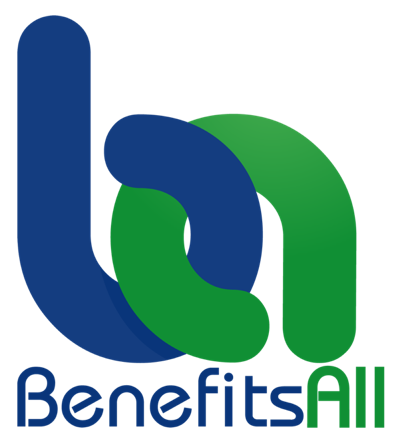BenefitsAll
One of the most asked for health insurance plan communication tools by employees is the plan comparison chart. This document compares health plan premiums, deductibles, copays, coinsurance amounts, out of pocket maximum costs, prescription drug benefits, out of pocket costs to employees of commonly used benefits, and some uncommon benefits. Many employers routinely provide this information to new hires and during the annual open enrollment period; others provide them occasionally or not at all.
You may prefer viewing health plan comparison charts to bulky health plan documents because it is easier to see which health plan has a smaller deductible or copay. But these charts tend to focus on only commonly used benefits (as defined by the insurance company) that may not be common to you and your family. A customized plan comparison chart is the best way to compare health plan options. A customized chart allows you to enter your specific information, such as what benefits or plan features are most important to you and your family. For example, if you prefer the option of going to any medical provider you choose, even if you have to pay more for this feature, you may want to eliminate HMO plans from your comparison, as they typically restrict which doctors you can visit. General health plan comparison charts can be helpful, but they should be used as a starting point to create your own customized plan comparison.
To customize your employer's health plan comparison chart or create one from scratch, you can use an employer provided online tool that allows you to add or subtract benefits, a generic online spreadsheet template or create your own template.
Online Health Plan Comparison Tools:
PlanSmartChoice™ - https://www.plansmartchoice.com/ - The federal government's customizable health plan comparison tool for eligible federal employees and dependents only
Employee Benefits Simplifier - http://www.metlife.com/individual/employee-benefits/employee-benefits-tool/index.html - MetLife's customizable plan comparison tool that is available for everyone to use (it takes just one minute to add you personal information and the program creates a profile of the type of benefit plans you should consider enrolling in). This tool allows you to review the profiles of fictional characters whose profile is similar to yours so that you can see which benefit plans they selected
Google docs - https://spreadsheets.google.com/spreadsheet/lv?key=prmxce4lrIeRn_gR8hj_yRA&newcopy - free spreadsheet templates that you can download and use immediately
Health insurance company sites - http://www.healthpartners.com/planComparison/Worksheet.do have free health plan comparison tools that anyone can use (you do not have to be a participant in the insurer's plans to use the tool)
Regardless of which health plan comparison tool you use, some basic things you want to consider other than the obvious out-of-pocket cost like deductibles and copays include:
What does the plan cover?
Do you get to select my doctor(s) with this plan?
Can you obtain coverage for my children, my stepchildren, domestic partner, and grandchildren?
Aside from preventive and/or emergency medical care does this policy cover dental/vision/mental health counseling and addiction assistance benefits?
Are prescription drug costs covered?
Can you get coverage for alternative health care services?
Are eyeglasses, contacts, hearing aids or other corrective medical devices covered under this plan?
What coverage do you have if you, or a covered dependent, travel outside the state or country?
Generic health plan comparison charts are a starting point for choosing the right plan, but they need to be customized before deciding which plan is right for you and your family. Choosing a health plan from non-customized comparison tools assumes benefits not listed on the chart are all the same.
